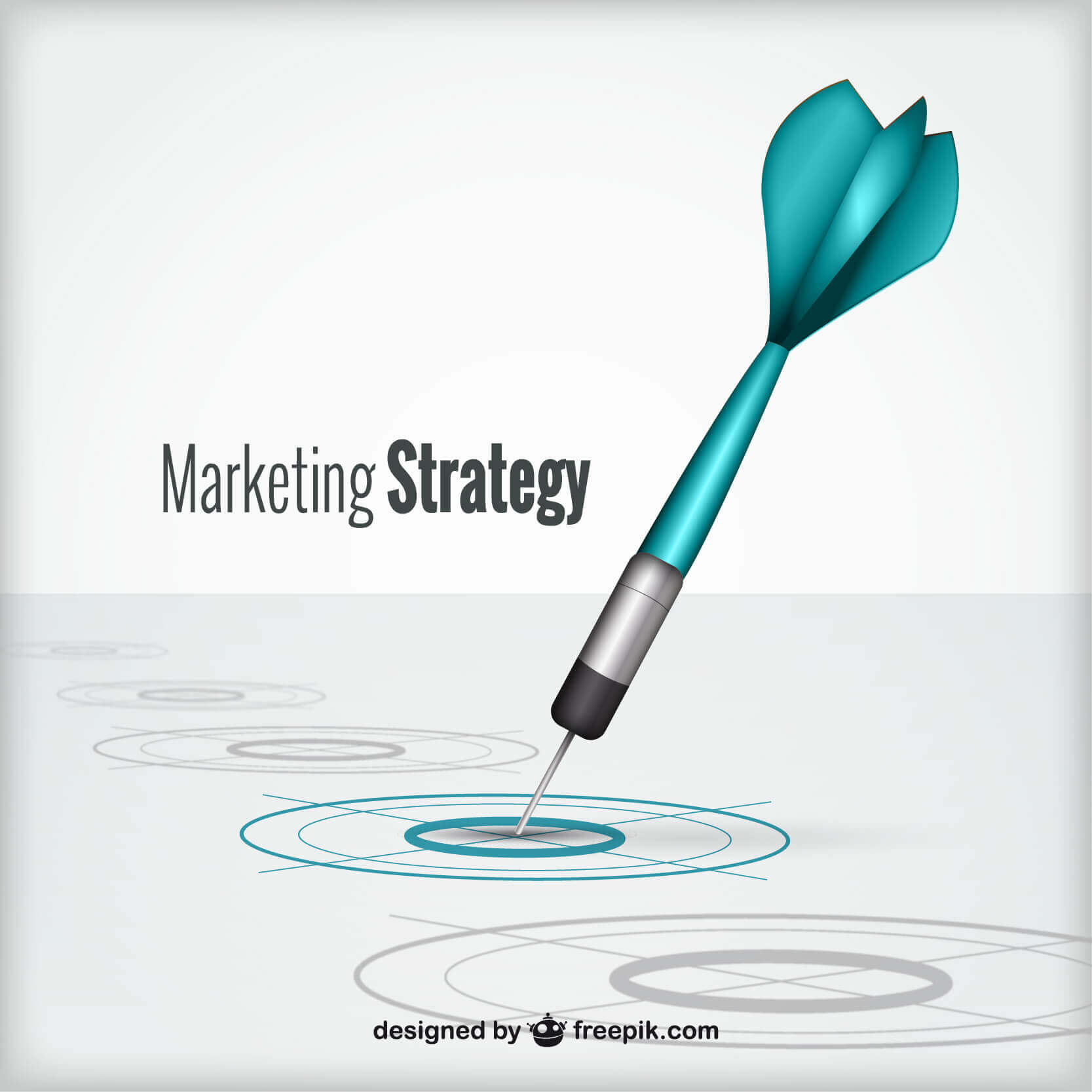Getting Bank Financing Part II
The bank wants a business plan. You have collected all the information on the external…
Our content is reader-supported. Things you buy through links on our site may earn us a commission
Never miss out on well-researched articles in your field of interest with our weekly newsletter.

Subscriber

The bank wants a business plan. You have collected all the information on the external…

I just spoke with a bank manager yesterday about how his clients do not have…

Effectively implementing an excellent marketing strategy is the best bet for profitable growth. Such a…

The basis of marketing is understanding what your target market wants or needs. So, how…

Understanding your target market will give you the information needed for an effective promotional plan.…

Implementing a marketing strategy is a multi-faceted activity. A good marketing stratetgy is driven by…

The key to successfully growing your business is effectively implementing an effective marketing strategy. Of…

I’m Tove Rasmussen and I’m the host of this blog. You can read more about…